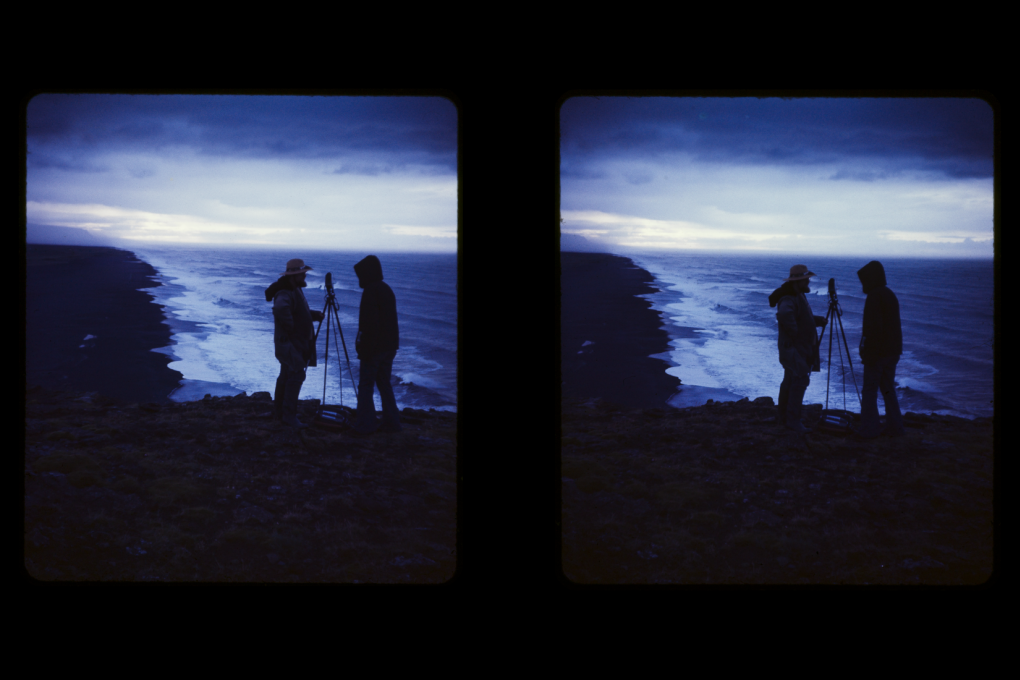Exhibition opening
Alfons Schilling: Brainscape
12. 12. 2023 18:00 – 21:00
House of the Lords of Kunštát

We cordially invite you to the opening of the exhibition Alfons Schilling: Brainscape on Tuesday 12 December 2023 from 6 pm at the House of the Lords of Kunštát. On the same day, the exhibition Open Digital Archive & Testing Laboratory for Live Audiences will also be opened at the House of the Lords of Kunštát, as well as the exhibition Sums & Differences at the House of Arts.
PROGRAMME
House of the Lords of Kunštát, Dominikánská 9
17:00 Opening of the exhibitions Brainscape and Open Digital Archive & Live Audience Test Laboratory, meeting with authors and curators
18:00 Opening speech - Terezie Petišková, Director of the House of Arts, Lenka Dolanová and Barbora Šedivá, curators
House of Arts, Malinovského náměstí 2
18:00 Opening of the exhibition Sums & Differences
19:00 opening speech with the participation of the curatorial team Jennifer Helia DeFelice, Kristín Scheving, Halldór Björn Runólfson and artist Gary Hill
19:45 Performance Arnold Dreyblatt
ABOUT THE EXHIBITION
The Swiss-born artist Alfons Schilling (1934–2013) lived and worked primarily in the United States and in Vienna. His main area of interest was the creation of the illusion of depth in an image. He studied at the Academy of Applied Arts in Vienna. His and Günter Brus' abstract expressionist work from 1960/61 is what is considered in the art world as the initial spark for Viennese actionism. Schilling moved to New York in 1962. Increasingly, he liked to question our regular perception, meaning the relationship between what our eyes see and what our brain perceives. He explored the extent to which human sight is random and liked to imagine how it might be organized differently. His experimental works allowed both him and other viewers to become more fully aware of their own visual experience.
The exhibition focuses primarily on Schilling’s work from the late 1960s, when he collaborated with, among others, Woody and Steina Vašulka, until the early 1980s. During this period, he explored various forms of 3D representation such as holography, stereo photography, and virtual 3D spaces. In 1967, Schilling and Woody Vašulka briefly shared a loft in New York, where they worked together on exploring “vision machines.” The exhibition will include Spider, a machine they built together in order create series of images of the same object, something like continuous 3D photographs. They also worked together with stereo slide projectors and used two projectors to project images simultaneously onto the same screen, with a rotating disk in front of the projectors alternatingly interrupting the light beam to create 3D effects.
Schilling created his first stereoscopic photographs during protests against the Vietnam War in 1968 in Chicago. He later tried to figure out how to use photographic techniques to continue to create three-dimensional images. He experimented with a lenticular screen system that enabled the creation of multiplied photographic images: multiple 3D photographs recorded on one single surface. The various images are revealed to us as we walk past then and change our angle of view.
The best-known examples of Schilling’s work are his Sehgeräte and Sehmaschinen – vision devices and vision machines that question our regular perception. The devices’ inverse optics change vertical into horizontal, flip right and left, and bring the observed objects into the foreground. Some of these devices could be used to walk through the landscape while experimenting with the creation of a moving image. Others show what reality would look like if our eyes were much farther apart. In 1973, Vašulka and Schilling published the manifesto Electronic Spaces, in which they proposed the creation of a binocular video spectacle that would enclose viewers into an artificial 3D visual environment. The exhibition will include a selection of Schilling’s stereo photographs and experimental films in which the illusion of depth is achieved through movement in time and in space.
Woody and Steina Vašulka continued to experiment with 3D vision later as well – jointly, for instance, with the Rutt/Etra scan processor, which enabled the creation of raster images, and Woody on his own in the Brotherhood cycle (in the form of computer models). The presence of the observer in the observed inspired Steina’s cycles Machine Vision and Allvision. Similarly, the Image/ine software co-invented by Steina has its roots in experimentation with stereo vision.
The exhibition is organized in collaboration with the ARCHIVE & ESTATE Alfons Schilling in Vienna. Works from the ARCHIVE & ESTATE Alfons Schilling will be complemented by films and photographs from the Vašulka Kitchen Brno archive, which among other things is in the possession of the very first film that Alfons Schilling made in collaboration with Woody Vašulka using a Portapak camera: documentary footage of an in-studio discussion and lenticular photographs of Alfons Schilling in motion. Additional works include the video Alfons Schilling as Landscape (part of the Sketches series) and other videos and photographs.
House of the Lords of Kunštát
Dominikánská 9
Brno


